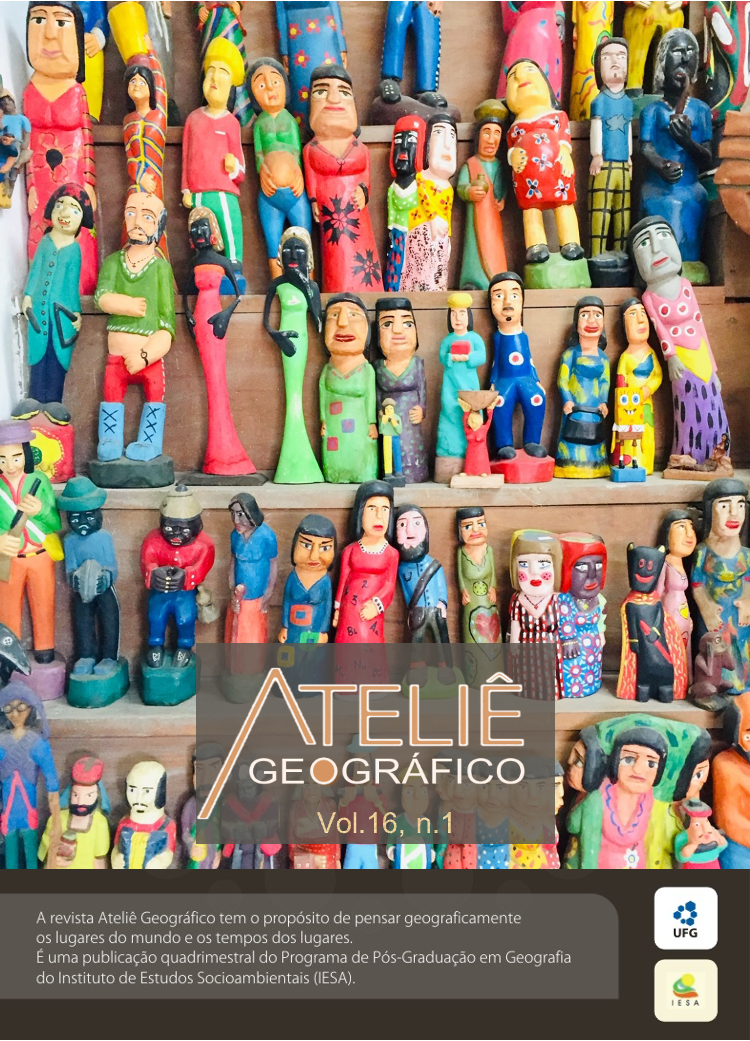Intersectional Invisibility, Overinclusion and Human Rights
DOI:
https://doi.org/10.5216/ag.v15i3.71526Abstract
In this article, we argue that a universalist conception of human rights by promoting overinclusion leads to the intersectional invisibility of various inequalities women suffer. Intersectionality is directly related to the interaction between social markers of difference, providing a methodological and theoretical perspective that allows comprehending the convergence of conjugated oppression that lies in the core structure of some systems of discrimination. Hence, the idea of intersectionality can help develop better social and legal mechanisms to promote equality than the idea of unity, typical of the universalism of overinclusion, as it creates conditions for visibility to the different axes of oppression in which women find themselves. This article analyses the main question through a critical literature review, particularlly that on intersectional feminism, based essencially on the thought of Kimberlé Crenshaw and Grada Kilomba.
Keywords: Intersectionality. Feminism. Human Rights. Universality. Overinclusion.
Downloads
Downloads
Published
How to Cite
Issue
Section
License
Autores que publicam nesta revista concordam com os seguintes termos:- Autores mantém os direitos autorais e concedem à revista o direito de primeira publicação, com o trabalho simultaneamente licenciado sob a Licença Creative Commons Attribution que permite o compartilhamento do trabalho com reconhecimento da autoria e publicação inicial nesta revista.
- Os autores não serão remunerados pela publicação de trabalhos na Revista Ateliê Geográfico. Além disso, os conteúdos publicados são de inteira e exclusiva responsabilidade de seus autores, ainda que reservado aos editores o direito de proceder a ajustes textuais e de adequação às normas da publicação.
- Autores têm permissão e são estimulados a divulgar seu trabalho online (ex.: em repositórios institucionais ou na sua página pessoal), já que isso pode gerar alterações produtivas, bem como aumentar o impacto e a citação do trabalho publicado (Veja O Efeito do Acesso Livre).


